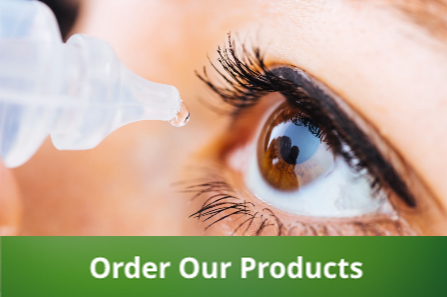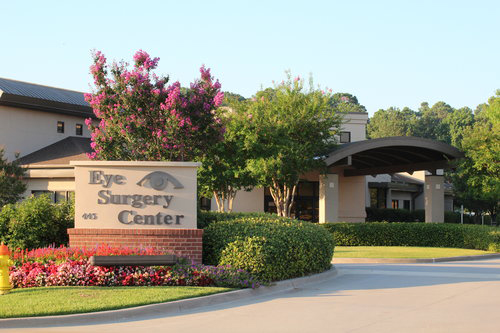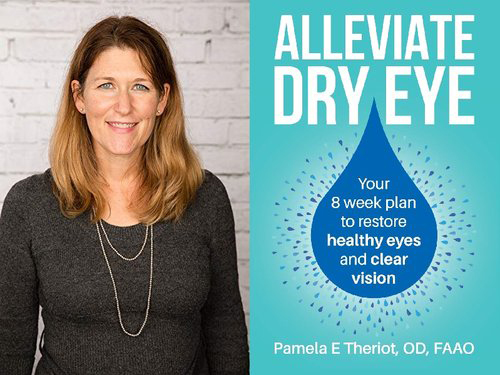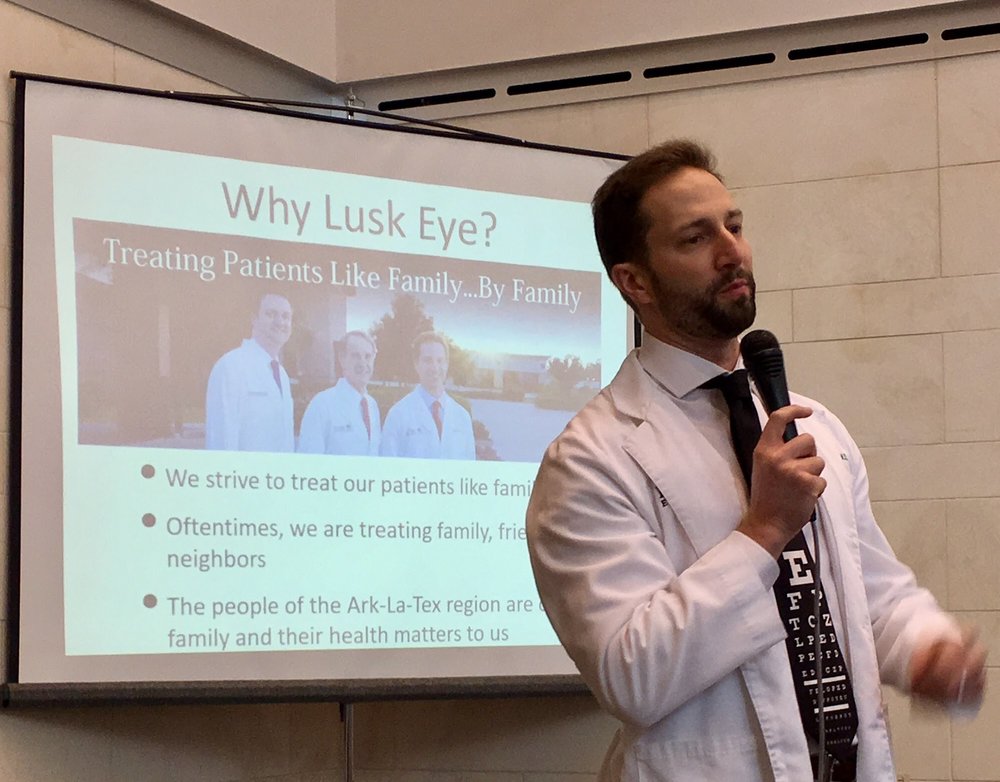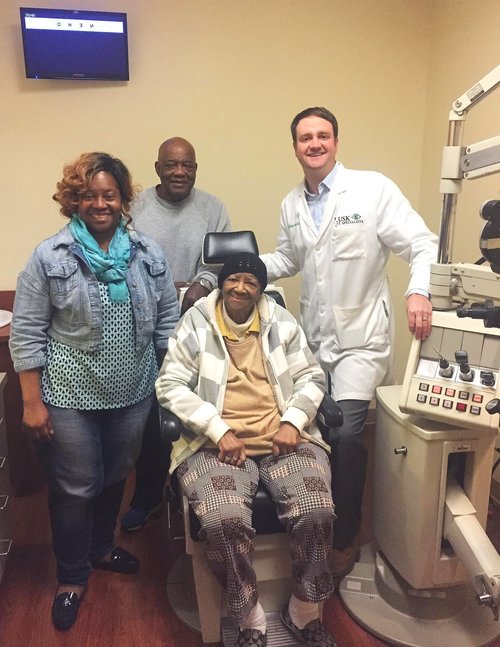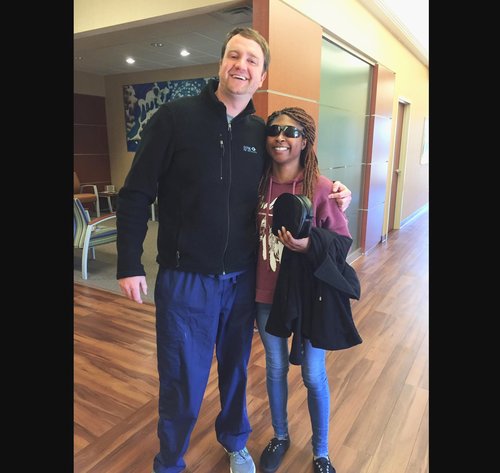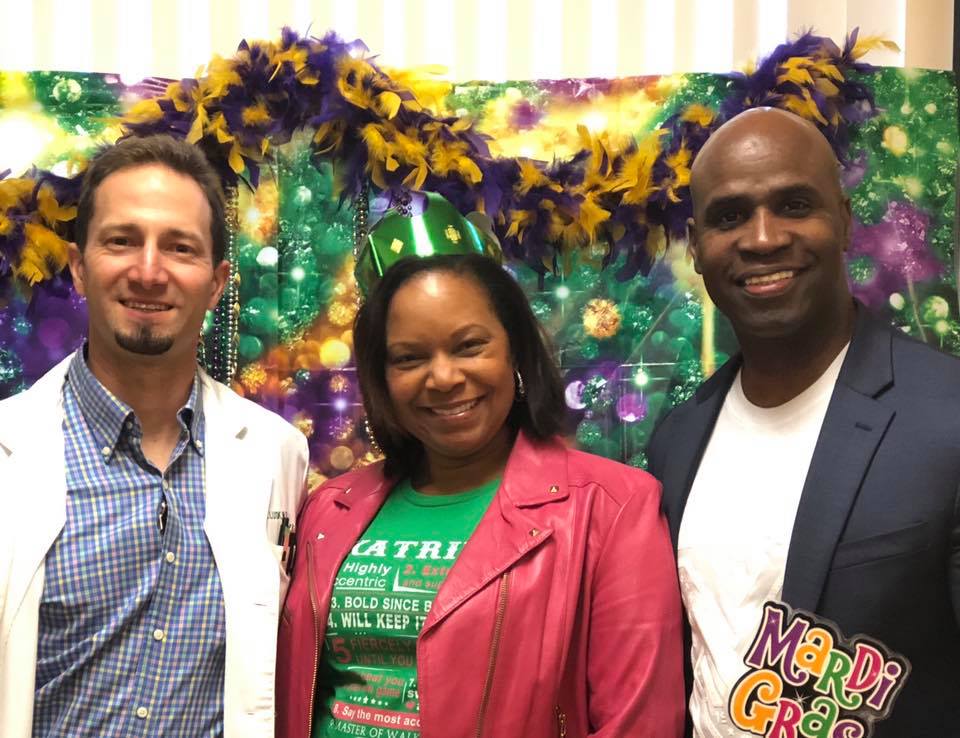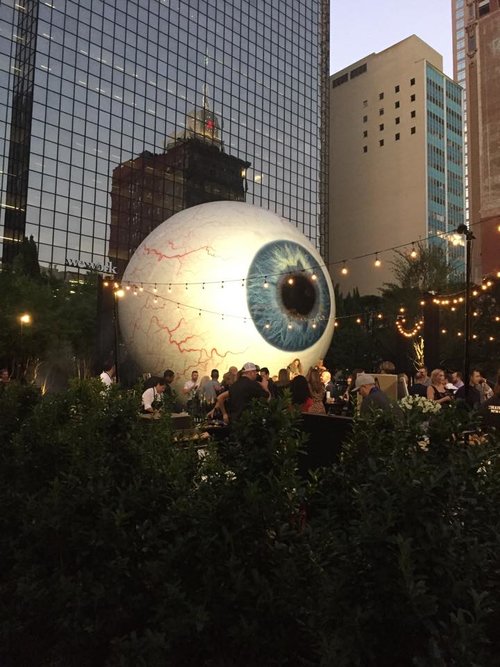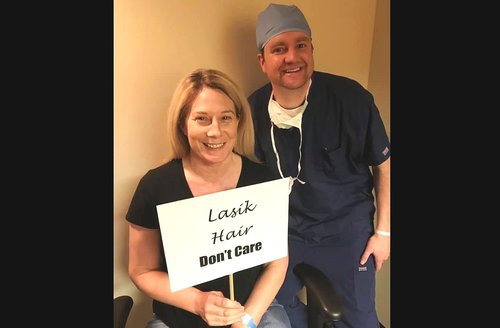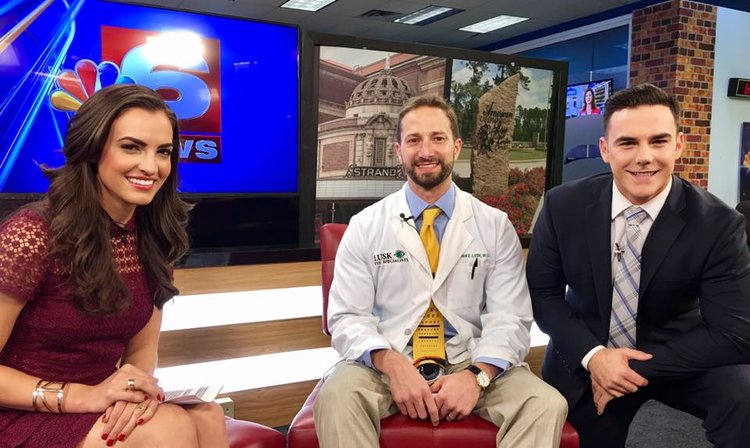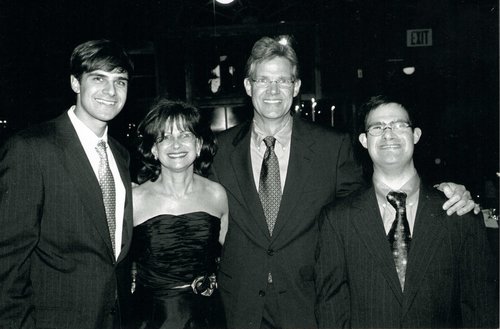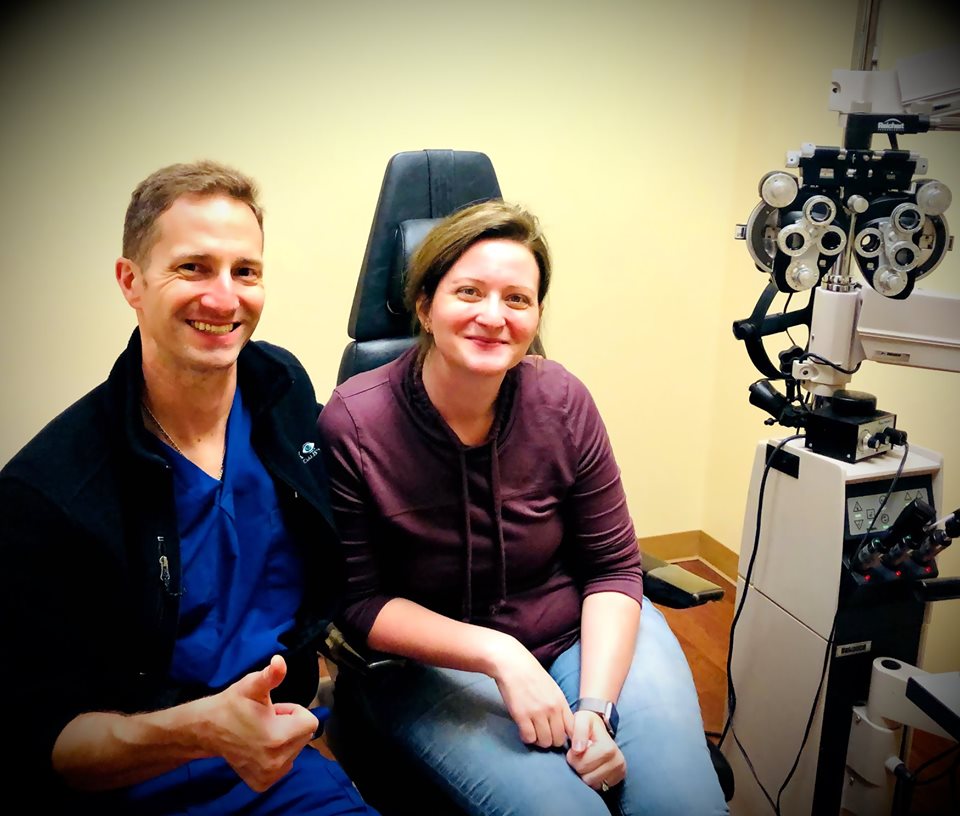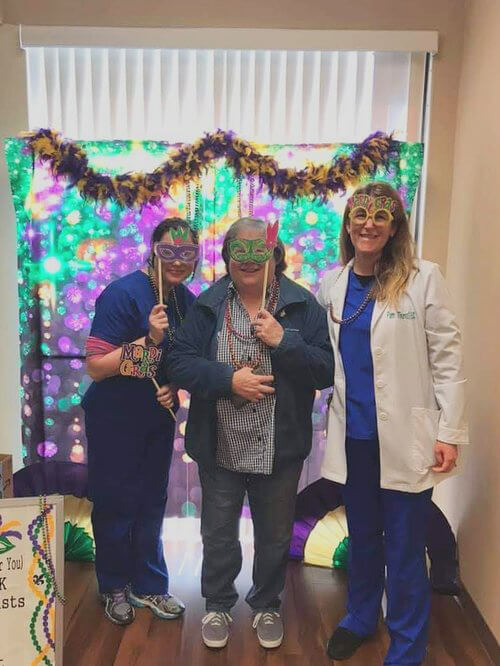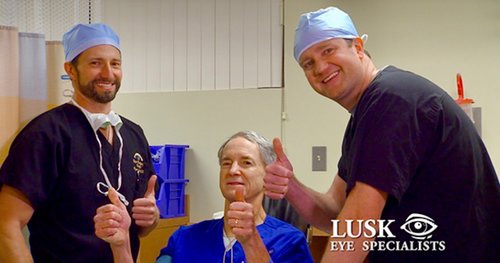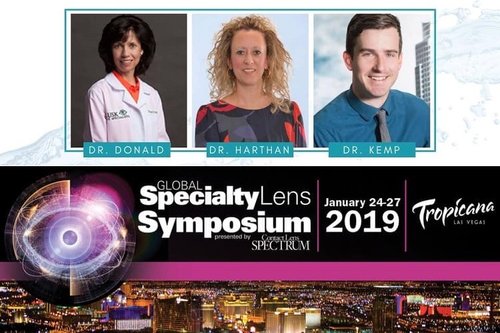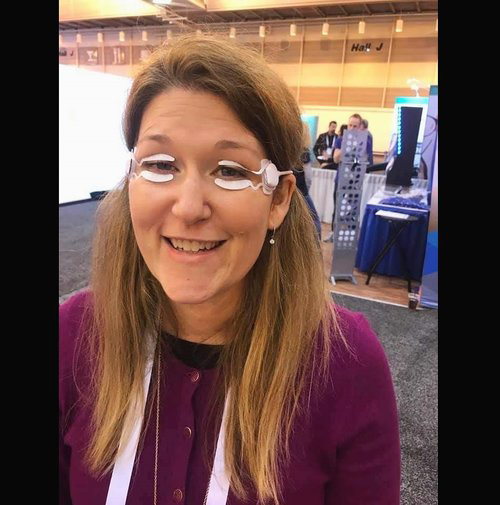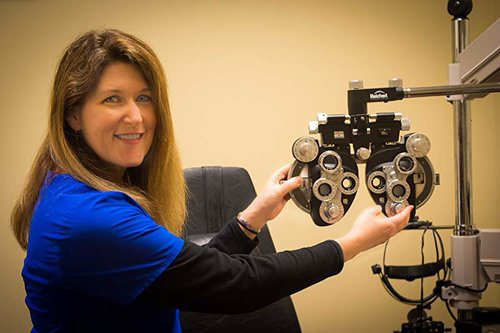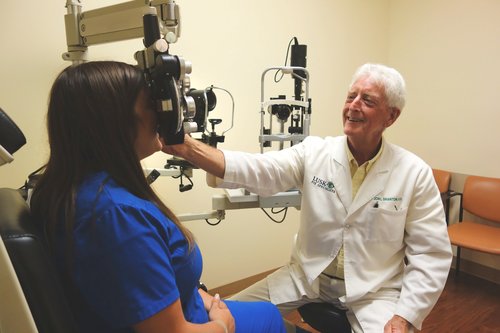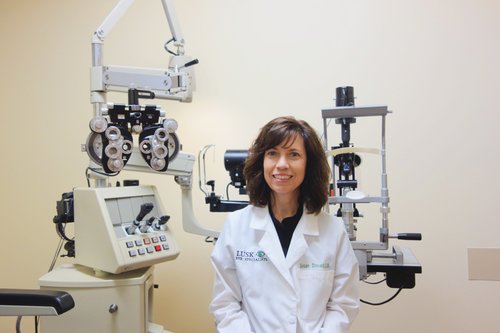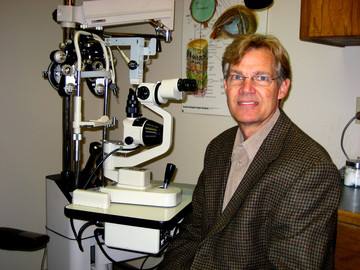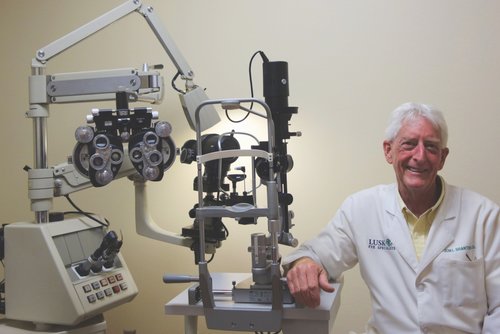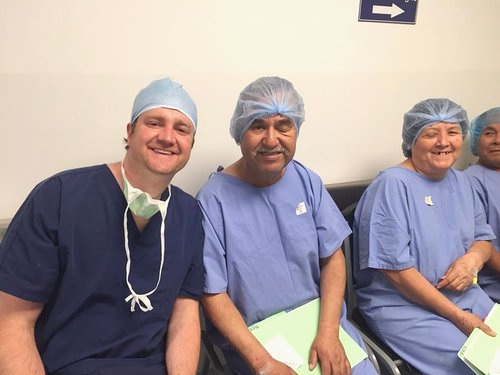Cataracts in Shreveport, LA
As you age, your odds of developing cataracts increase each year. Nearly 25 million Americans over 40 years old are affected by cataracts, making it one of the most common eye diseases in the country.
If you’re experiencing vision loss due to cataracts, you certainly aren’t alone, and fortunately, you have options. Keep reading to learn all about cataracts: what they are, why they form, and your options for treatment with the expert eye surgeons at Lusk Eye Specialists.
What Are Cataracts?
Every eye has a lens — a flexible and clear tissue behind the pupil that helps to focus your vision. Over time, your lens naturally begins to harden and discolor. This leads to the cloudy vision that is called cataracts. This process is the natural aging of the lens in the back of the eye.
In addition to age-related cataracts — the most common kind, which typically appear beginning around age 40 — it’s also possible to develop cataracts due to genetics, other diseases, or eye injuries. Factors that can impact your risk for cataracts include:
- Age
- Diet
- Substance use, including smoking and drinking alcohol
- Unprotected exposure to sunlight
- Use of corticosteroid medications
- Other diseases, such as diabetes and high blood pressure
- A previous eye surgery or injury
Signs and Symptoms of Cataracts
Cataracts are most known to cause blurry vision, but they can also affect your eyesight in some unexpected ways, impacting your ability to read, drive, or see clearly in certain light conditions.
Symptoms of cataracts include:
- Cloudy, blurry, or dimmed vision
- Difficulty seeing in low light conditions
- Halos or glare around lights
- Increased light sensitivity
- Colors and shapes becoming less distinct, especially in low light
- Double vision or “ghosting”
- Overall difficulty reading or driving
Can You Prevent Cataracts?
One of the reasons why cataracts are so common is because they’re a natural part of aging for many people. In most cases, it’s not possible to prevent cataracts. This is in part because you can’t control some of the risk factors associated with cataracts, such as aging. That said, there are some factors that are in your control, and we suggest following these practices to minimize your risk of cataracts.
- Wear sunglasses and avoid looking into direct sunlight. UV rays from the sun are linked to cataract development.
- Manage your health. Certain conditions like diabetes can increase your risk for cataracts, and managing these diseases properly can help protect your eyes.
- Alter your diet. Certain foods have been linked with a decreased risk of developing cataracts.
- Reconsider your substance use. Both smoking and excessive drinking have been shown to increase the likelihood that you develop cataracts.
- Get screened for cataracts every year. Your eye care provider is likely to notice signs of cataracts in your eyes well before you do!
When Should You Seek Treatment for Cataracts?
Everyone will have a different point where their cataracts progress from being an inconvenience to a life-altering vision impairment. For many, the turning point is when their cataracts interfere with their lifestyle and the activities they enjoy or depend on to live normally.
For many cataract patients, the time when they seek treatment depends on their lifestyle. For instance, a truck driver is likely to notice vision-impairing cataract symptoms, such as halos around lights, earlier than someone who is retired and in bed by sundown. Even if that truck driver has 20/20 vision, those symptoms may be major enough to lead him or her to seek treatment.
It’s easier to remove cataracts before they’ve progressed too far, so we generally recommend having an eye exam as soon as you notice symptoms. This way, you also don’t have to worry about waiting for your cataracts to get “bad enough” to warrant treatment. We make it even easier for you to move forward with a selection of cataract surgery financing options.
Can Cataracts Be Cured?
Once a natural lens has developed cataracts, the damage can’t be reversed, leaving one option for patients with cataracts to regain their full visual clarity: cataract surgery.
Lusk Eye Specialists houses one of the most experienced cataract surgery teams in Louisiana, performing over 1,000 cataract surgeries every year. With our advanced surgical technology and cutting-edge IOL options — from traditional monofocal lenses to the most advanced multifocal and toric lens options in the industry — we excel in customizing cataract surgery outcomes based on our patient’s visual needs.
Click here to learn more about cataract surgery at Lusk Eye Specialists


